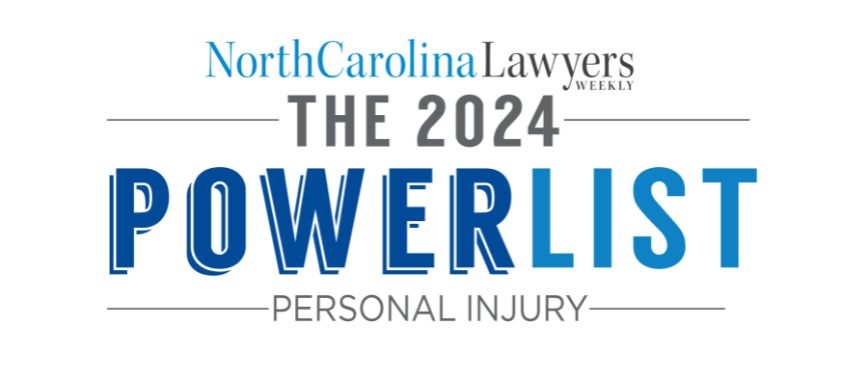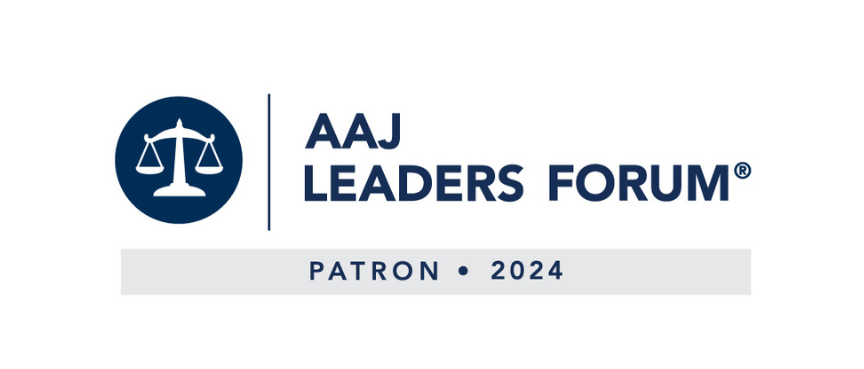When most people think about anterior cruciate ligament (ACL) tears, they imagine an injured basketball, football or soccer player. However, many ACL tears happen in auto accidents. An ACL tear is an incredibly painful injury. The corrective surgery is very costly and recovery takes months, which puts many people out of work for a long period of time.
The ACL Anatomy
The ACL is one of four major ligaments in the knee. It originates in a deep notch within the distal femur and runs to the tibia. The ACL provides 90 percent of the stability within the knee joint, which is why walking with a torn ACL is impossible. Surgery from an ACL tear costs thousands of dollars and the recovery includes rest, time off feet, and rehabilitation.
The Cause of an ACL Tear in an Auto Crash
ACL tears happen in two circumstances. The first is a direct impact and the second is a sudden twist or jarring of the knee. Both can happen in auto accidents. Cars are designed with crumple zones at the front and rear to reduce the shock from an impact. While crumple zone technology saves countless lives every year, it does not always prevent leg and knee injuries. In fact, the front of the car is often pushed inwards towards your legs, where your knee and ACL face damage from intense impact.
Surgical and Non-Surgical Options for Recovery
Many victims of ACL tears describe the event as if their knee gave away. After the injury, the knee swells up considerably. Upon hospitalization and evaluation, your doctor may prescribe surgery or a non-surgical option for recovery, depending on the nature of the tear.
ACL injuries can be full tears, partial tears, or bone avulsions (when the ligament tears off pieces of bone). Full and partial tears require surgically repairing the ligament back together or grafting from another ligament, often taken from the patient’s hamstring tendon. Bone avulsions require surgery to reattach the bone fragment. Recovery takes at least six months for most people.
Some patients opt out of surgery. Their treatment includes 1-3 weeks of resting the joint, during which ice, compression, and elevation are used to decrease swelling. The patient is usually encouraged to begin improving their range of motion early. After the swelling subsides, aggressive rehabilitation begins.
The goal of rehabilitation is to improve strength and endurance and work on balance. An additional goal is to change the quadriceps/hamstring strength ratio. The patient should attempt to drastically improve the strength of their hamstring so that the quadriceps and hamstring are equal in strength.
Representation for Torn ACLs in Automobile Collisions
If you’ve suffered a torn ACL in a North Carolina automobile collision due to another driver’s negligence, you are entitled to compensation for the damages you’ve incurred. Maginnis Howard’s experienced personal injury attorneys are experienced in handling complex cases including those involving victims who have suffered broken legs due to the negligence of another North Carolina driver.
All personal injury matters are handled on a contingency basis – meaning that you do not pay any attorneys’ fee unless and until we make a recovery on your behalf. We are conveniently located across the state in Charlotte, Raleigh, and Fayetteville. Visit our contact page for more information and to submit a confidential inquiry with our intake staff.






